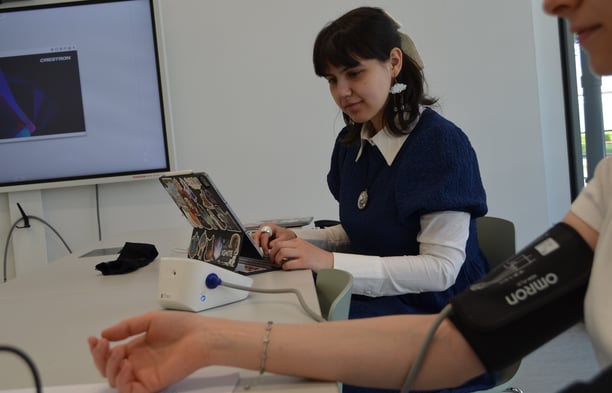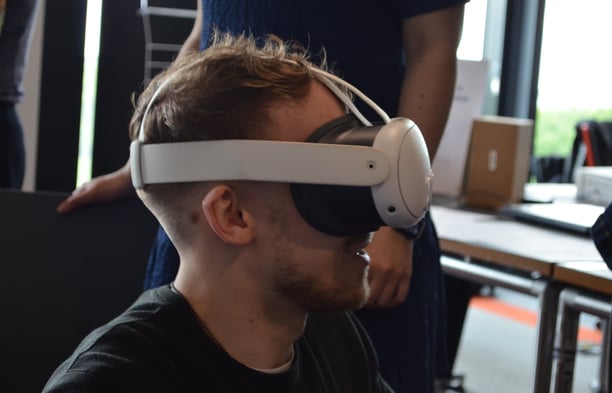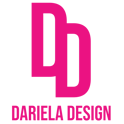

User and society


research. validate. empower.
Validating a concept and design is one of the most rewarding aspects of the design process. At its core, design isn’t just about functionality, it’s about creating meaningful change and ensuring that people actually engage with what you have created.
I gained a deeper understanding of validation methods during the Design Research course, where I learned to use design probes and translate insights into informed design decisions. I further developed these skills in the USE Line Internet of Things, where our goal was to design an experience for individuals who are socially excluded due to financial hardship. Addressing such a sensitive topic required a thoughtful approach. Rather than interviewing the target users directly, we chose to speak with professionals who work closely with them. This allowed us to gain valuable, respectful insights without being invasive. From this experience, I learned how to design and conduct interviews that avoid leading participants on and instead encourage honest, meaningful feedback.
These skills were further refined in Project 3, where I learned to conduct surveys and interviews with young adults, specifically about their showering habits, and using both qualitative and quantitative methods (including A/B testing through a gamified digital interface) to understand their behaviour and preferences. Similarly, in my Final Bachelor Project and Honors Academy Project I carried out user surveys, interviews, and usability tests to validate design decisions.
Through these experiences, I have learned that user testing sometimes reveals a gap between what users want and what they need. As a designer, the challenge lies in navigating that difference, and balancing user desires with meaningful, impactful solutions that truly serve their needs.


